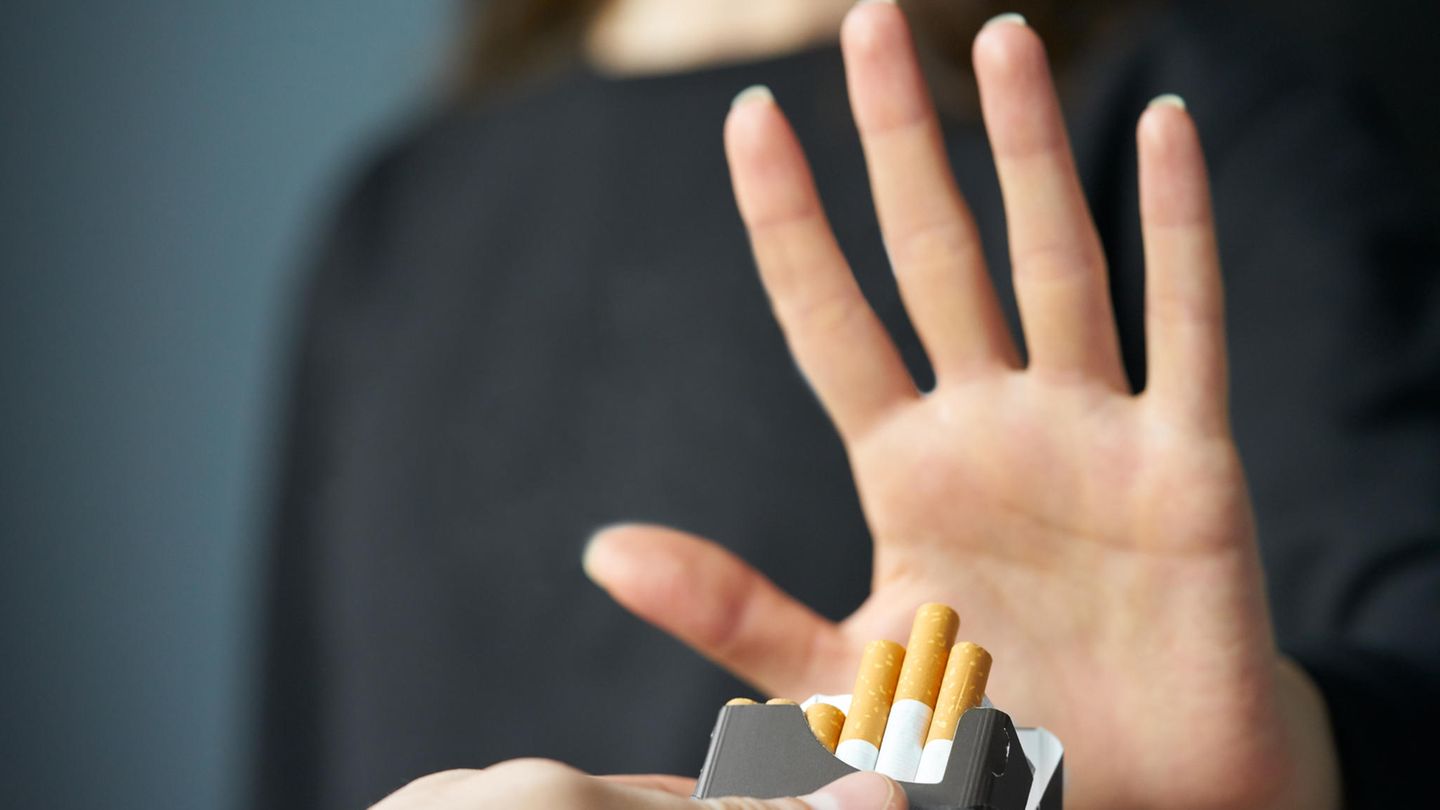One of the great announcements that the Government has pending for this year is to participate in the start-up of the third lithium production project that Argentina will have. It will be the Cauchari-Olaroz project, located in Jujuy, in the homonymous salt flat, developed by the Exar mining company, after an investment of US$741 million. Exar is made up of Canada’s Lithium Americas, China’s Ganfeng Lithium and Jemse, a firm from Jujuy. Its president, Franco Mignacco, is in turn the head of the Chamber of Mining Entrepreneurs (CAEM), in charge of discussing with the Government the next measures for the sector, such as a special regime for access to foreign currency, which for the moment remained in stand by.
The Government has a particular interest in lithium, because it is a strategic mineral for the world due to the energy transition, and because of the impact it may have on the arrival of new dollars. Lithium exports accumulate US$394 million between January and August, an increase of 211% compared to the same period in 2021. The export of the month of August set a historical record, and for the second month it exceeded the amounts of silver, according to data from the Ministry of Mining, by Fernanda Ávila. In the last year, lithium was the mineral that increased its price the most, compared to gold, silver and copper. In August, the ton of lithium carbonate was sold at US$ 73,063, a year-on-year increase of 395%.
Government intervention
The Government began to intervene in the lithium sector. It will do so through YPF Litio, which will be a public limited company owned by YPF, which will seek to participate in all the links in the chain: from exploration to batteries. Although this new company has not yet been announced, the ruling party has already decided who will be in charge, and has already begun its first works.
The objective is not to change the laws, so the mineral will continue to be the property of the provinces, even though sources within the Government consider that it is a debate that “must be given”. However, given the urgency of advancing in exploitation, over the time that Congress has and the lack of consensus with the opposition, The main goal is “industrialization” with added value, and progress in binational negotiations that have intensified in recent weeks, to form a “work agenda” with Chile and Bolivia, to “defend resources regionally.”
Regarding exploration, YPF Litio’s first steps were to close agreements in Catamarca, La Rioja and Formosa, and Tucumán, Jujuy and Santiago del Estero will follow. As Ámbito was able to find out, the exploration cost YPF some US$2 million, as was the case in Catamarca. The largest investments are in industrial plants.
In December, the Government promises to inaugurate the first battery cell manufacturing plant, in conjunction with Y-TEC, Conicet and the University of La Plata. They await the arrival of 15 containers with machinery, with an investment of US$12 million. Credit is not a concern. “With the mineral, investors appear,” said a source. The problem is the geopolitics of these investments: to what extent will countries like China be allowed to enter, under the gaze of the United States, the source said. There is also interest from international banks, such as the IDB or CAF.
Source: Ambito
David William is a talented author who has made a name for himself in the world of writing. He is a professional author who writes on a wide range of topics, from general interest to opinion news. David is currently working as a writer at 24 hours worlds where he brings his unique perspective and in-depth research to his articles, making them both informative and engaging.




